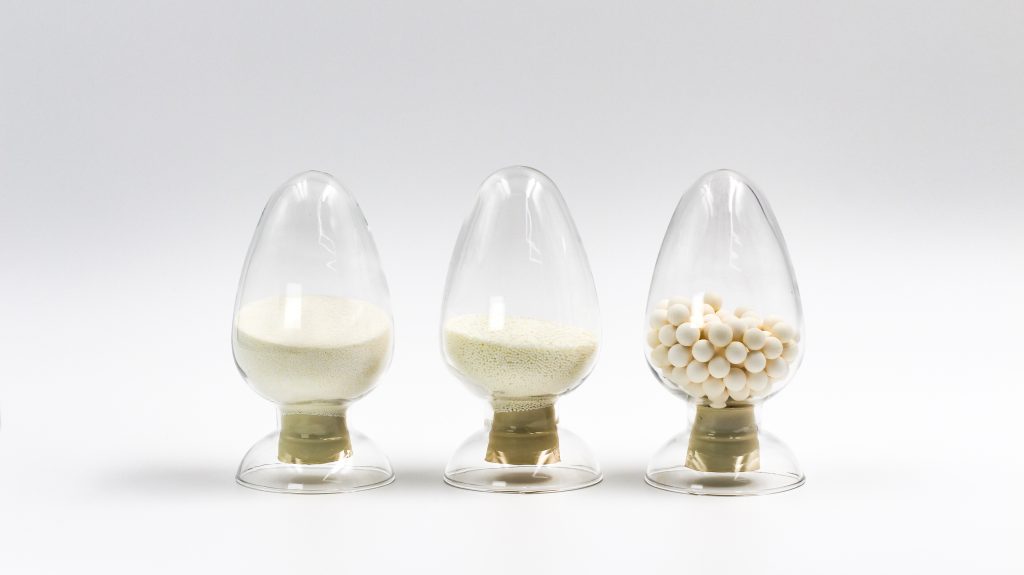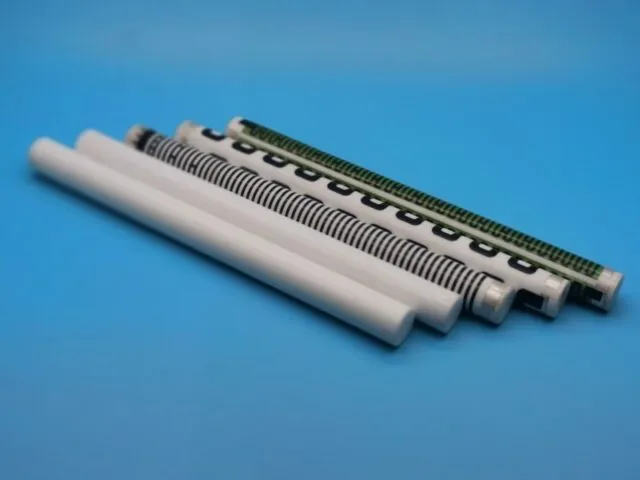Alumina ceramic balls derive from highly pure aluminum oxide.They exhibit defining features: precise shaping, exceptional toughness, strong wear resistance, and stable chemical resistance.This profile establishes them as ideal solutions for fine grinding in mineral processing—particularly where reducing wear and preserving product cleanliness are mission-critical requirements.

Against traditional metal grinding media, alumina ceramic balls offer clear advantages. They need less material volume, reduce contamination risk, and extend machinery lifespan. The sections below detail key characteristics, typical applications, benefits, and important usage considerations.
Key Advantages and Grinding Efficiency
Tough Enough for the Task
Alumina ceramic balls can handle hard mineral ores with ease. They allow for accurate control of final particle sizes.
High Durability, Less Replacement
Thanks to their strong resistance to wear, these grinding media last longer. This means fewer changes, steady performance, and reduced operating costs.
Corrosion-Resistant in Harsh Settings
They stay effective in both acidic and basic conditions, offering stable operation across different environments.
Contamination Control
Minimal wear generates stable alumina residues.This combination delivers near-zero impurity contribution—proving essential when processing contamination-sensitive minerals including kaolin and quartz sand.
Smooth Operation Thanks to Their Shape
Their round shape allows them to roll smoothly in the mill, ensuring even and consistent grinding every time.
Quieter Work Environment
Alumina balls are noticeably quieter than metal ones, creating a safer and more comfortable workplace for everyone
Typical Applications: Preferred Media for Fine Grinding
Alumina ceramic balls are commonly used as grinding media in various mineral processing equipment, especially where fine grinding is needed. Their main applications include:
– Ball mills, stirred mills, and similar grinding setups
– Achieving target particle sizes through impact and friction
– Processes requiring tight particle size control, such as flotation and leaching
– Situations where controlling impurities is critical to final product quality



